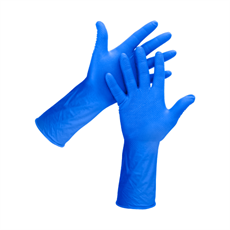Nursing uniforms play a significant role in patient care by contributing to the overall well-being and satisfaction of patients. Here are some key aspects of how nursing uniforms impact patient care:
- Professionalism and Trust: Nursing uniforms convey a sense of professionalism and expertise. Patients often associate a well-groomed nurse in a clean and tidy uniform with competence and trustworthiness. This sense of professionalism can help patients feel confident in the care they receive.
- Identification: Uniforms help patients easily identify healthcare providers, including nurses. This is crucial in busy healthcare settings where patients interact with various team members. Knowing who their nurse is can help patients feel more secure and informed.
- Hygiene and Infection Control: Nursing uniforms are designed to maintain hygiene and minimize the risk of infection transmission. Uniforms are made from materials that are easy to clean and disinfect, reducing the likelihood of pathogens being carried from one patient to another.
- Standardization: Uniforms standardize the appearance of nursing staff, creating a cohesive and organized environment. Patients can expect a consistent level of care when nurses all adhere to the same dress code.
- Comfort and Mobility: Modern nursing uniforms, such as scrubs, are designed for comfort and ease of movement. This allows nurses to perform their tasks efficiently without discomfort, which can positively impact patient care.
- Modesty and Privacy: Uniforms are designed to be modest and provide privacy for both patients and nurses. Patients often appreciate healthcare providers who maintain professionalism and respect their dignity.
- Emotional Impact: The appearance of a nurse in a clean and professional uniform can have a positive emotional impact on patients. It can help alleviate anxiety and provide a sense of assurance during challenging times.
- Communication: Uniforms may include identification badges or patches that display the nurse’s name, title, and credentials. This facilitates communication and fosters a personalized connection between nurses and patients.
- Cultural Sensitivity: In diverse healthcare settings, uniform regulations often take into account cultural or religious considerations. For example, some institutions may allow nurses to wear religious head coverings while adhering to overall uniform standards.
- Safety: Nursing uniforms often include features like pockets for carrying essential tools and supplies, which can improve the efficiency and safety of patient care.
- Respect and Trust Building: Patients tend to trust and respect nurses who maintain a professional appearance. This trust is essential for effective communication and collaboration in patient care.
- Patient Experience: The overall patient experience is influenced by the environment and interactions with healthcare providers. Nursing uniforms contribute to a positive and reassuring patient experience.
In summary, nursing uniforms go beyond mere attire; they are an integral part of patient care. They enhance professionalism, hygiene, and communication, which in turn, contribute to improved patient outcomes and satisfaction. A nurse’s appearance and adherence to uniform standards can greatly influence the patient’s perception of care quality and the overall healthcare experience.





















